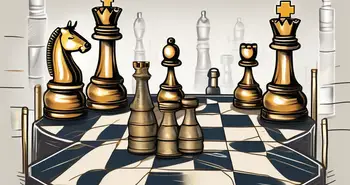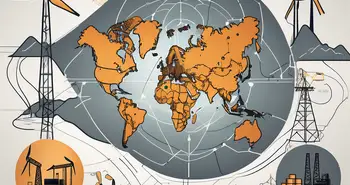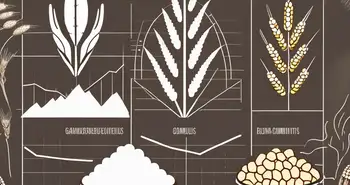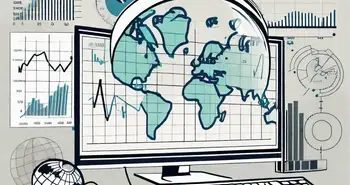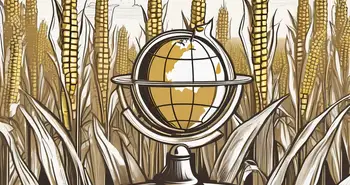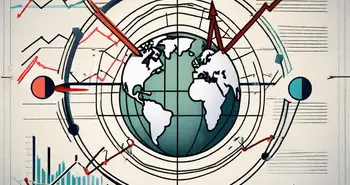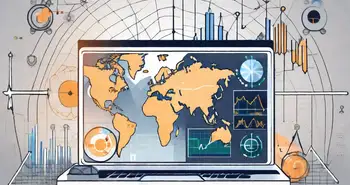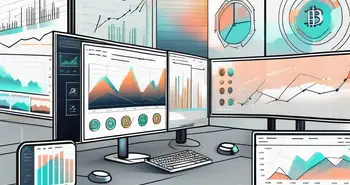Beginner’s Guide to Commodity Trading
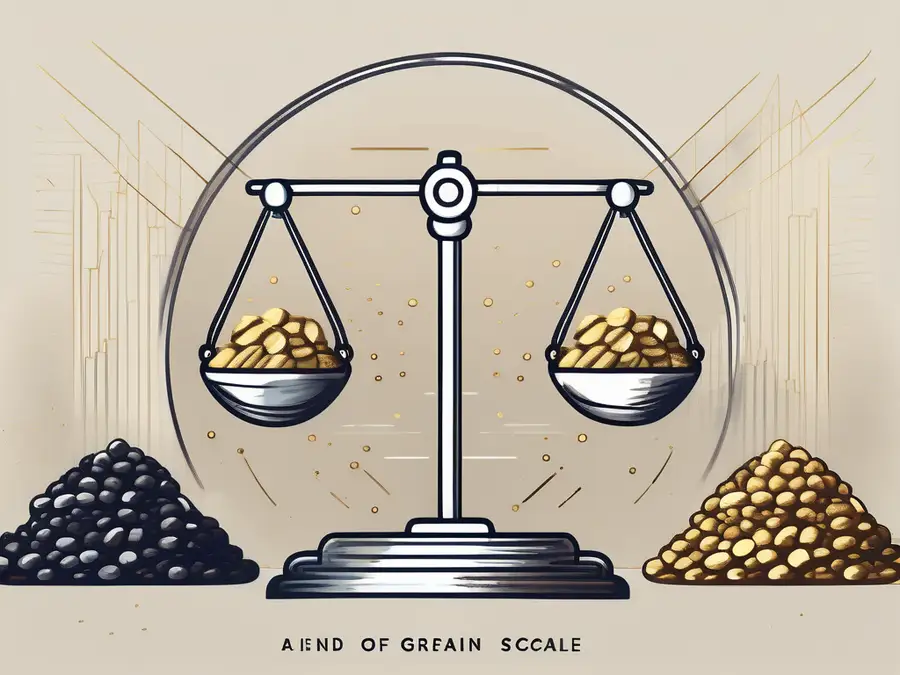
Commodity trading is an exciting and potentially lucrative market that can offer great opportunities for individuals looking to expand their investment portfolio. In this beginner's guide, I will walk you through the ins and outs of commodity trading, helping you understand the basics, types of commodities, how it works, the risks and rewards involved, and strategies for successful trading.
Understanding Commodity Trading
Commodity trading involves the buying and selling of physical goods, such as agricultural products, energy resources, and metals, with the goal of making a profit. This market has been around for centuries, playing a vital role in global trade and economic development.
Commodity trading allows individuals to speculate on the future price movements of various goods and hedge against potential risks. It operates on commodity exchanges, where buyers and sellers come together to trade these goods.
Definition and Basics of Commodity Trading
Commodity trading refers to buying or selling raw materials or primary products, which are generally uniform in quality, regardless of their source, to trade at predetermined prices. Commodities can be categorized into hard commodities, such as metals and energy, or soft commodities, including agricultural products and livestock.
The basics of commodity trading involve understanding the supply and demand dynamics, market trends, and global factors influencing the prices of these goods. It requires thorough research and analysis to identify potential trading opportunities and manage risks effectively.
Importance of Commodity Trading in the Global Market
Commodity trading plays a crucial role in the global market, contributing to economic growth and stability. These goods serve as essential inputs for various industries, including agriculture, manufacturing, and energy sectors.
Commodity trading also provides a means for producers, consumers, and investors to mitigate price volatility and hedge against adverse market conditions. It helps in ensuring a steady supply of necessary goods and promotes fair pricing mechanisms through transparent trading platforms.
Furthermore, commodity trading has a significant impact on emerging economies. For countries rich in natural resources, such as oil-producing nations, commodity trading becomes a major source of revenue and economic development. These countries can leverage their commodities to attract foreign investments and foster economic growth.
Moreover, commodity trading is not limited to physical goods alone. With the advancement of technology, financial instruments known as commodity derivatives have gained popularity. These derivatives allow traders to speculate on the price movements of commodities without owning the physical assets. This financialization of commodities has further expanded the scope and reach of commodity trading, making it accessible to a wider range of investors and speculators.
Another important aspect of commodity trading is its role in promoting sustainability and responsible sourcing. With increasing awareness about environmental and social issues, there is a growing demand for sustainably produced commodities. Commodity trading platforms are now incorporating sustainability criteria, ensuring that the traded goods meet certain environmental and social standards. This not only benefits the planet but also provides a competitive advantage to producers who prioritize sustainability.
In conclusion, commodity trading is a dynamic and multifaceted market that goes beyond simple buying and selling. It involves understanding market dynamics, analyzing global factors, and managing risks effectively. With its contribution to economic growth, stability, and sustainability, commodity trading continues to play a vital role in the global market.
Types of Commodities
Commodities can be broadly categorized into three main types: agricultural commodities, energy commodities, and metal commodities. Each type has its unique characteristics and factors influencing their price movements.
Understanding the intricacies of each type of commodity is essential for investors looking to diversify their portfolios and manage risk effectively. Let's delve deeper into the world of commodities to gain a better grasp of the factors at play.
Agricultural Commodities
Agricultural commodities include crops like corn, wheat, soybeans, and coffee, as well as livestock such as cattle, hogs, and poultry. Prices of agricultural commodities are influenced by factors like weather conditions, global demand, government policies, and geopolitical factors.
For example, a drought in a major corn-producing region can significantly impact the supply of corn, leading to a spike in prices. On the other hand, increased consumer demand for organic produce can drive up prices for organic agricultural commodities like organic soybeans or organic coffee.
Energy Commodities
Energy commodities encompass crude oil, natural gas, gasoline, and heating oil. These commodities are influenced by factors like geopolitical tensions, supply and demand dynamics, weather patterns, and global economic conditions.
Investors in energy commodities closely monitor geopolitical events that could disrupt the supply of oil or natural gas, such as conflicts in oil-rich regions or sanctions on major energy producers. Additionally, shifts in global economic conditions, such as changes in energy consumption patterns or advancements in renewable energy technologies, can also impact the prices of energy commodities.
Metal Commodities
Metal commodities include precious metals like gold, silver, and platinum, as well as base metals such as copper, aluminum, and nickel. Their prices are influenced by factors like industrial demand, economic growth, global trade, and currency fluctuations.
Investors interested in metal commodities pay close attention to trends in industrial production and manufacturing, as these sectors are major consumers of metals like copper and aluminum. Economic indicators such as GDP growth rates and manufacturing output can provide valuable insights into the future demand for metal commodities. Moreover, fluctuations in currency exchange rates can impact the prices of metal commodities, as a stronger dollar can make metals more expensive for foreign buyers.
How Commodity Trading Works
In commodity trading, participants can trade commodities in two main forms: spot trading and futures trading. Let's explore how each of these trading methods works.
Spot Trading: Spot trading is a type of trading where commodities are bought and sold for immediate delivery, typically within a few days to a few weeks. This form of trading is based on the current market price of the commodity and involves the physical exchange of the commodity between the buyer and the seller. Spot trading is often used by companies that need to purchase commodities quickly to meet their immediate production needs. It provides a way for buyers and sellers to quickly and efficiently exchange goods without the need for long-term contracts.
Futures Trading: Futures trading, on the other hand, involves the buying and selling of contracts that obligate the buyer to purchase a specific quantity of a commodity at a predetermined price on a future date. This form of trading allows investors to speculate on the future price movements of commodities without actually owning the physical commodity. Futures trading is popular among traders looking to hedge against price fluctuations or to profit from anticipated price changes. It provides a way for market participants to manage their risk exposure and potentially earn returns based on their market predictions.
Ready to take your first step into the world of commodity trading? Look no further than Morpher, the revolutionary trading platform that leverages blockchain technology to offer a unique and democratized trading experience. With Morpher, you can trade commodities alongside stocks, cryptocurrencies, and even niche markets like NFTs, without the burden of fees or the worry of liquidity. Start small with fractional investing, take advantage of 10x leverage, and enjoy the safety of the Morpher Wallet. Embrace the future of trading with Virtual Futures and a platform that's as innovative as your investment strategy. Sign Up and Get Your Free Sign Up Bonus today to transform how you trade and maximize your potential in the commodities market.

Disclaimer: All investments involve risk, and the past performance of a security, industry, sector, market, financial product, trading strategy, or individual’s trading does not guarantee future results or returns. Investors are fully responsible for any investment decisions they make. Such decisions should be based solely on an evaluation of their financial circumstances, investment objectives, risk tolerance, and liquidity needs. This post does not constitute investment advice.

Painless trading for everyone
Hundreds of markets all in one place - Apple, Bitcoin, Gold, Watches, NFTs, Sneakers and so much more.

Painless trading for everyone
Hundreds of markets all in one place - Apple, Bitcoin, Gold, Watches, NFTs, Sneakers and so much more.

